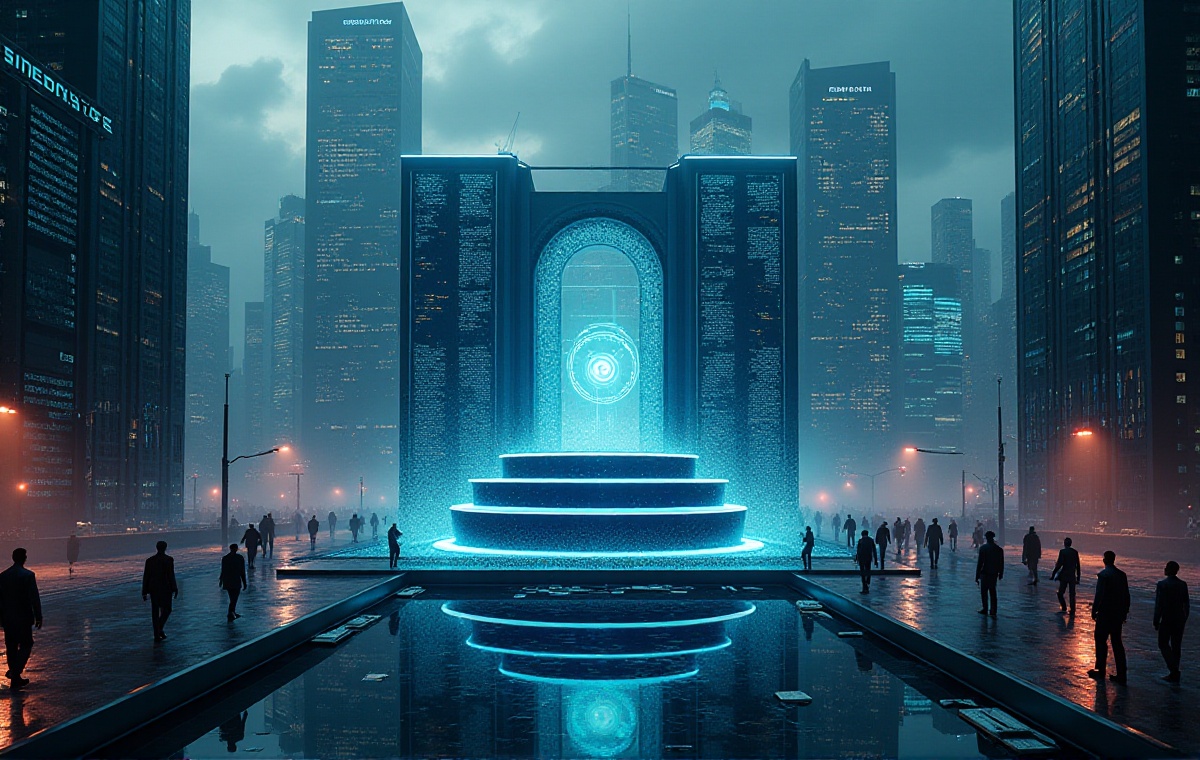Background
In February 2024, on a cold night, I was browsing flight booking websites while drinking hot coffee. I suddenly discovered that airfares to Japan's Kansai region after the Spring Festival had dropped to rock bottom - only 1,800 yuan round trip including tax. This tempting price was hard to resist. Who could resist booking when flights were this cheap?
I impulsively booked the tickets but immediately became anxious - as an office worker with a modest salary, how could I explore the Kansai region on a limited budget? After thorough research and careful planning, I developed a budget control plan and ultimately completed a 7-day trip to Osaka, Kyoto, and Nara for only 8,000 yuan. Today I'd like to share my budget planning experience.
Planning
Did you know? According to Japan Tourism Agency data, foreign tourists spent an average of 15,000 yen (about 730 yuan) per day in 2023. However, I believe that with careful planning, daily expenses can be kept under 100,000 yen.
Let's start with accommodation. In Osaka, I chose a hostel in Nipponbashi for only 3,000 yen per night. This price is very reasonable for central Osaka. According to Booking.com data, the average hotel price in central Osaka in 2024 is around 15,000 yen.
I chose this hostel for several reasons: First, the location is excellent, right next to a subway station, making it convenient to go anywhere; Second, there are many affordable restaurants nearby for dining; Third, you can meet backpackers from around the world and exchange travel experiences.
For transportation, I chose the Kansai Thru Pass. This pass costs only 9,000 yen but allows unlimited JR line rides between Osaka, Kyoto, and Nara for 7 days. In comparison, a one-way JR ticket from Osaka to Kyoto costs around 1,000 yen. Just imagine how much it would cost to buy separate tickets.
For meals, I mainly visited convenience stores and affordable chain restaurants. In Japan, convenience store onigiri and sandwiches are quite good - breakfast can be solved for under 500 yen. For lunch and dinner, I went to chain restaurants like Yoshinoya or Matsuya, usually spending between 800-1,000 yen per meal. This amounts to about 2,300 yen per day for food.
Admission fees are also a significant expense. In Kyoto, for example, Kiyomizu Temple costs 400 yen, Kinkaku-ji 500 yen, Nijo Castle 600 yen... But did you know? Many temple grounds are actually free to enter, like the famous Arashiyama Bamboo Grove. By planning the itinerary wisely and replacing some paid attractions with free ones, daily admission expenses can be kept under 1,500 yen.
Execution
Plans never keep up with changes. During the actual trip, I found that budget execution is also an art.
First is the currency exchange issue. You might think about exchanging RMB for yen in China, but I recommend bringing a credit card with no foreign transaction fees. Why? Because bank exchange rates are usually better, and you don't have to worry about carrying large amounts of cash. From my experience, most places in Japan accept cards except for some small shops and traditional markets.
Second is budget tracking. I used an app called Money Manager to record every expense in detail. This not only helps track budget usage but also allows timely adjustments to subsequent itinerary spending. For example, if I overspent on shopping one day, I would reduce expenses in other areas the following days.
Speaking of shopping, this is possibly the easiest area to exceed budget. I set myself a rule: only buy what I really want, not what's optional. When visiting duty-free shops, I would check prices in China beforehand. Guess what? Many items aren't actually as cheap as rumored.
Lessons Learned
From this trip, I've summarized several money-saving tips that might help you:
First, always book accommodation in advance. The earlier you book, the more choices and better prices you'll get. I booked three months before departure to get such good rates.
Second, make good use of various transportation passes. Besides the Kansai Thru Pass, there's the Osaka Amazing Pass, Kyoto Bus Day Pass, etc., which can save you a lot on transportation.
Third, plan meal times wisely. Many Japanese restaurants offer lunch sets that are much cheaper than dinner. For example, one kaiseki restaurant charges 8,000 yen for dinner but only 3,000 yen for lunch, with similar dishes.
Fourth, avoid peak tourist seasons. I chose to travel in late February, Japan's low season. Not only were flights cheaper, but accommodation prices were nearly half of peak season rates.
Lastly, here's a tip: whenever you arrive at a new place, visit the local tourist information center for free maps and discount coupons. These coupons can save you quite a bit. In Kyoto, I saved nearly 2,000 yen on admission fees using these coupons.
Budget travel planning isn't about being extremely frugal, but about getting the most travel experience within your limited budget. Like my Kansai trip - although I only spent 8,000 yuan total, I had a great time, ate the food I wanted to try, saw the sights I wanted to see, and met some interesting people.
What do you think about this budget planning approach? Feel free to share your travel budget experiences in the comments. If you're also planning to visit the Kansai region, I hope my experience provides some inspiration. Remember, no budget is too small to stop a heart that wants to travel.


